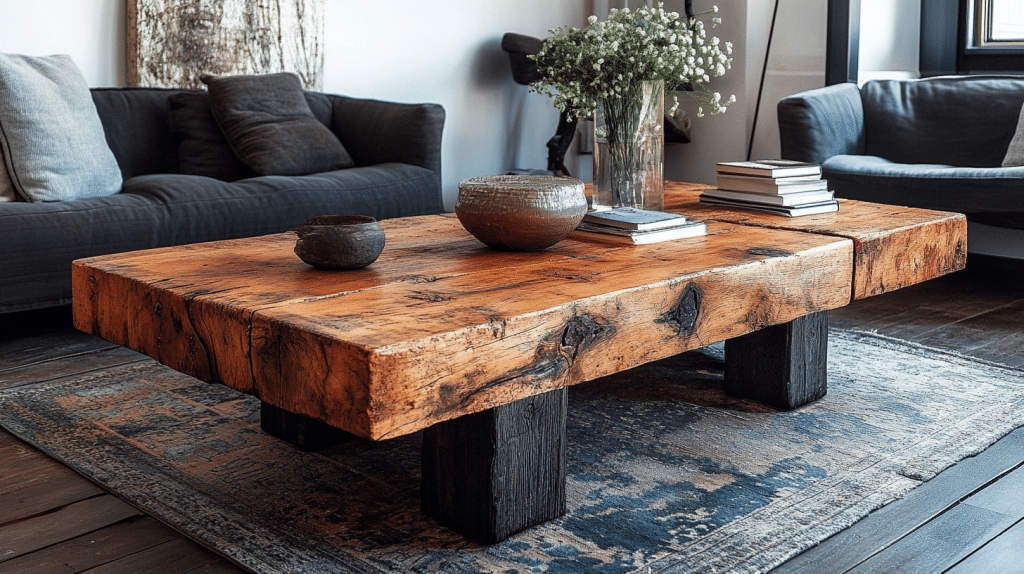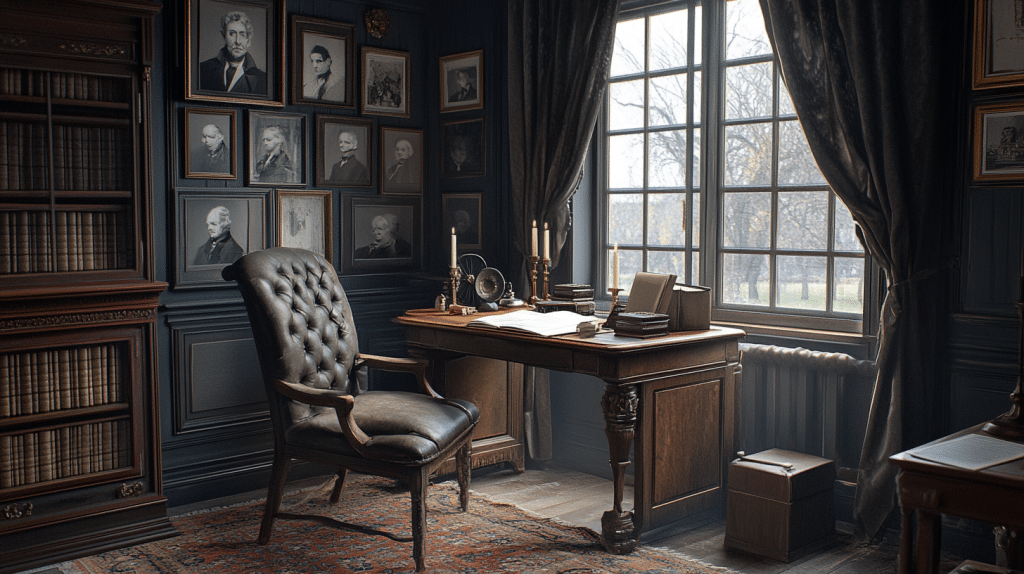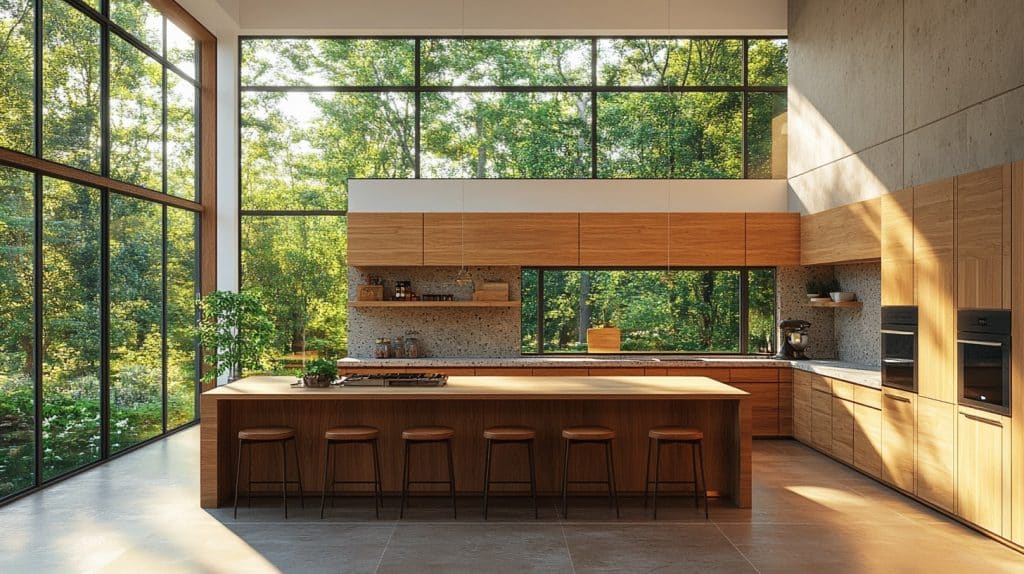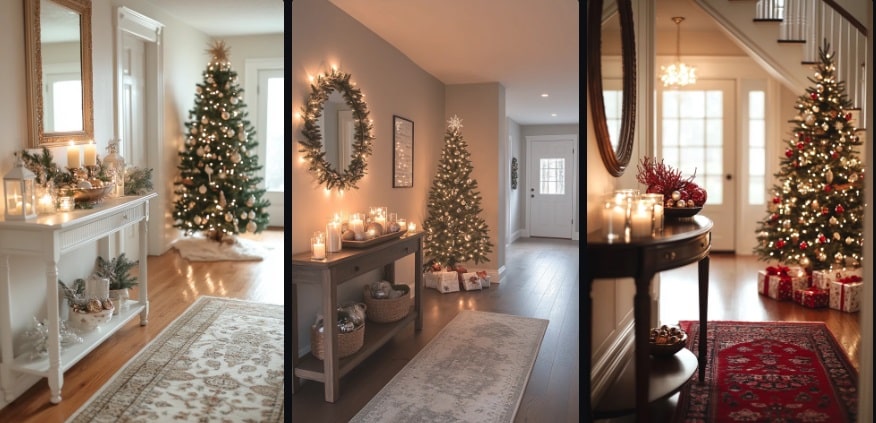Wabi-Sabi Architecture: Embracing Imperfection in Design and Living Spaces
The world of architecture often chases perfection, but wabi-sabi philosophy whispers a different story. This Japanese design approach transforms how we perceive beauty, turning flaws into fascinating narratives of authenticity and lived experience.

What Makes Wabi-Sabi Architecture Unique?
Imagine walking into a space that breathes with history, where every crack and weathered surface tells a story. That’s the essence of wabi-sabi architecture – a radical departure from sterile, pristine designs.
Key Principles of Wabi-Sabi Design
1. Radical Simplicity
- Strip spaces down to their most essential elements
- Celebrate negative space
- Avoid unnecessary ornamentation
- Create rooms that breathe and feel alive
2. Raw, Natural Materials
My favorite wabi-sabi spaces feature:
- Unpolished wooden surfaces
- Handcrafted ceramic elements
- Exposed stone with natural textures
- Bamboo elements that show their true character
3. Embracing Imperfection
Wabi-sabi doesn’t hide wear and tear – it showcases it:
- Cracked plaster becomes a design feature
- Rust marks tell stories of age and usage
- Minor asymmetries create visual interest
- Each “flaw” represents a moment in time
4. Color Palette: Nature’s Whispers
Wabi-sabi colors are never loud or aggressive:
- Soft grays
- Earthy beiges
- Moss greens
- Muted clay tones
5. Harmonizing with Natural Environment
The architecture doesn’t fight nature – it dances with it:
- Large, strategically placed windows
- Indoor-outdoor flow
- Natural light as a primary design element
- Bringing exterior landscapes inside
Why Wabi-Sabi Matters in Modern Design
In a world obsessed with perfection, wabi-sabi reminds us that beauty isn’t about flawlessness. It’s about authenticity, history, and the profound stories objects and spaces can tell.
Practical Implementation Tips
Want to introduce wabi-sabi into your space?
- Choose handcrafted over mass-produced
- Allow natural aging of materials
- Prioritize meaningful objects over quantity
- Create spaces that feel lived-in and comfortable
Cultural Context
Wabi-sabi originates from zen Buddhist principles, representing a profound philosophical approach to experiencing the world. It’s not just design – it’s a way of seeing beauty in impermanence.
Common Misconceptions
- Wabi-sabi isn’t about making spaces look deliberately worn
- It’s not an excuse for poor maintenance
- The goal is intentional, meaningful imperfection
Final Thoughts
Wabi-sabi architecture invites us to slow down, observe, and appreciate the subtle beauty of existence. It transforms spaces from mere structures into living, breathing narratives.
Recommended Reading:
- “Wabi-Sabi: for Artists, Designers, Poets & Philosophers” by Leonard Koren
- The Japanese Art of Imperfect Beauty” by Noboru Murata












